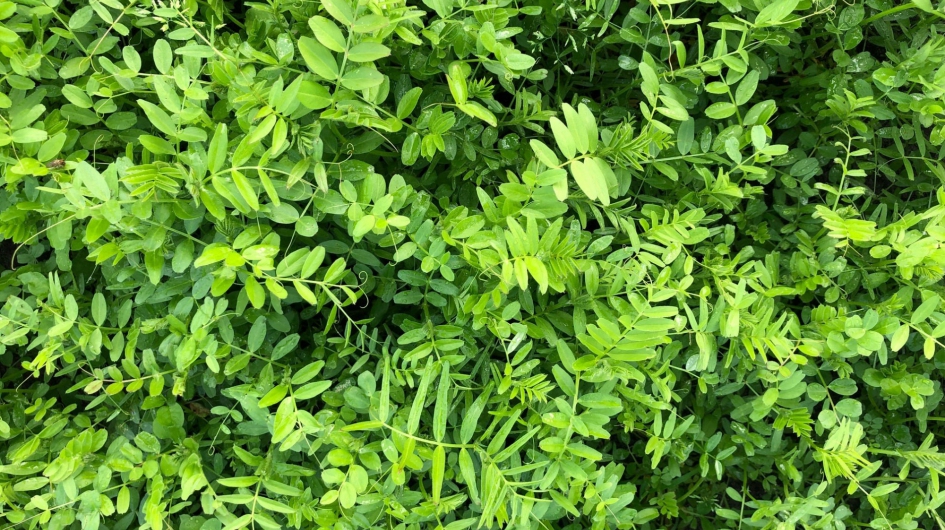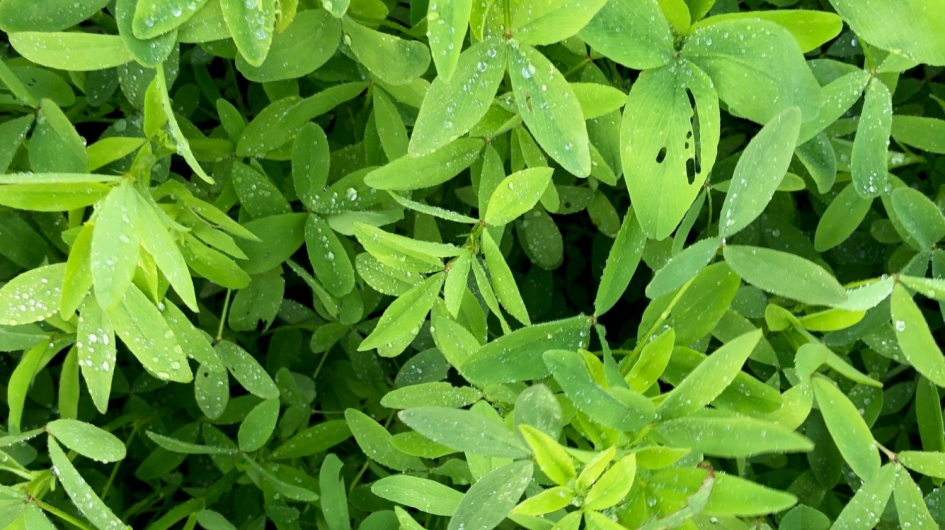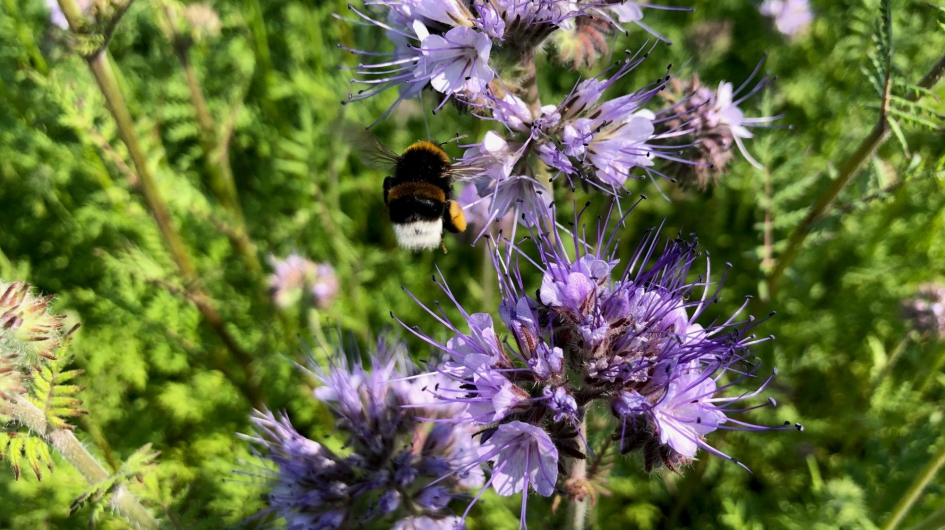Legumes such as vetch and Alexandrian clover are cover crops that can capture nitrogen from the air for their own use and also for potential mixing partners.
The initial development of legumes is somewhat slower, and less biomass is formed compared to oilseed radish or Japanese oats.
In a Conservation Agriculture system (non-tillage), these species fit very well. Due to the low biomass formation, they are easy to mechanically work and also freeze quickly. Good mixing partners in such a system are oilseed flax and phacelia.

Traditionally, common vetch (Vicia sativa) has been a valued cover crop. When sown in a timely manner, this crop offers a high success rate and fits well in a Conservation Agriculture system. Vetch is usually sown in early stubble (mid-July to early August).
It is a crop that imposes quite a few demands on the soil. It thrives best on soil types with a pH-KCl not too low (minimum 5.0) and good moisture supply (clay, loam, and loess soil, and good moisture-retaining sandy soil). Therefore, it is not suitable for lighter sandy soils. Common vetch has a taproot with lateral roots that provide for a superficial, intensive rooting system.
Vandinter Semo offers various varieties.

Alexandrian clover is an annual, white-flowering clover resembling alfalfa. It originates from South Europe and the Nile Delta. Under favorable soil fertility and moisture conditions, Alexandrian clover experiences rapid growth during summer and autumn. However, it develops less effectively under extremely dry or wet conditions.
Alexandrian clover is often included in mixtures because it can be sown later in the year. Its root system is similar to that of white clover: intensive and not too deep within the topsoil.
We offer various varieties.


